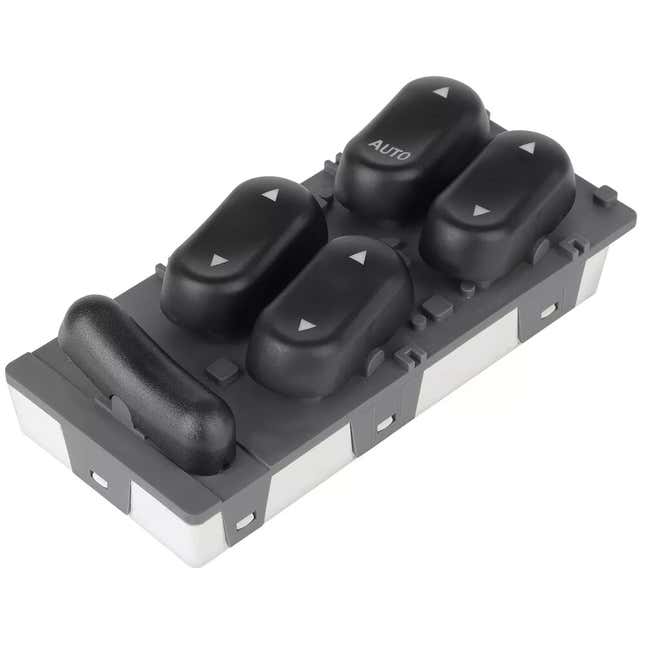Even How Your Car's Window Switches Work Is Federally Mandated

Did you know that in 2010, power window switch designs were federally governed to minimize strangulations and other injuries caused by unintentional activation of the window switch? Neither did I, but the regulation makes a lot of sense. A small shift in window switch design has drastically reduced the number of strangulations and injuries since the new window switches were mandated according to kidsandcars.org.
Are Panoramic Sunroofs Losing Their Shine? | Jalopinions
Government regulation of car features is not a new thing, with the U.S. government establishing requirements for life-saving things like seatbelts, back-up cameras, and antilock braking systems, but I never knew that there were federal regulations surrounding window switches. According to CNET:
As of October, 2010, power window switches in new cars must require you pull up to close the window.
The regulation requires carmakers to fit every vehicle with window toggle switches that must be pulled up in order to close the window. Before the regulation, many cars had flat rocker switches that only required the button to be pressed to close the window, which made it very easy to accidentally close the window. If a child were to stick its head out the window and accidentally step on the window switch that closed the window, the window would close on the child, leading to obvious dangerous results. This could also happen to a pet, if a dog had its head out the window and it stepped on the window switch, it could get shut in the window too.

All modern cars have the toggle switches that can easily be opened by pressing on the toggle, but to close the window, the action must be very intentional. This federal requirement is a reason why some cars only offer one-touch opening windows, or why some cars only allow the driver’s window to feature one-touch closing. If a car’s window can be closed with one touch rather than requiring a continuous hold of the button, it increases the chance that a child or a limb could be unintentionally caught in a closing window. There are anti-pinch devices that need to be fitted to prevent these incidents, but according to CNET,
NHTSA once calculated it costs $6 per window to give it automatic reversal behavior, a total of at least $18 additional cost for the average vehicle. In an industry where a .35 cent cost increase would be debated in committee, that’s a ton of money.
I always wondered why my father’s 2008 Subaru Forester only had a one-touch down function for the driver’s window, but it makes more sense now. That automatic reversal behavior or anti-pinch function keeps passengers safe whether they’re children, pets, or in-laws, and we’ve seen recent examples of the importance of anti-pinch functionality from the Tesla Cybertruck’s famous finger chomping frunk. Seemingly small regulations like these can prevent countless injuries and accidents, so for once I’m going to thank the U.S. government for a mandate.



